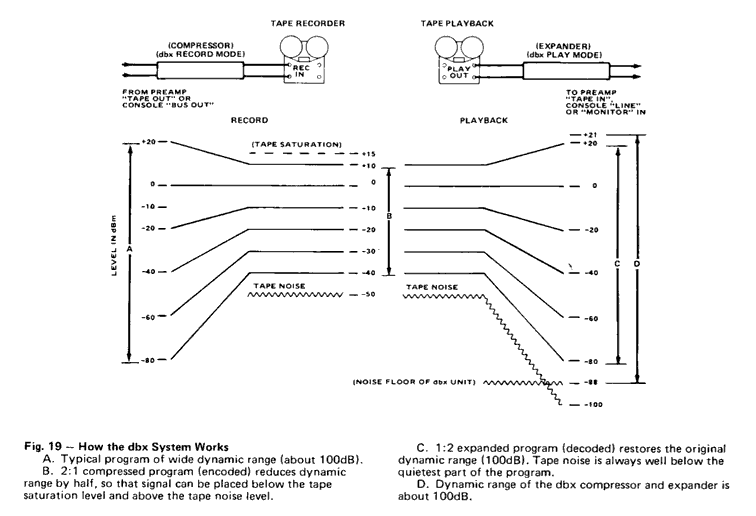Compression followed by expansion is often called "companding" and is used in various fields to reduce noise. It is effective in reducing the final level of noise that is introduced between the compression and expansion steps. It will do nothing to improve noise introduced after expansion, and could make noise introduced before compression worse, or leave it the same.
Consider the diagram below, which is of a companding noise reduction system created by Dolby for reducing the noise introduced by a tape machine. When looking at the diagram, imagine the "Tape Noise" indicated is instead noise introduced during wireless transmission. Just as the Dolby system reduces the final level of noise introduced by the tape machine and magnetic tape properties, companding a signal reduces the final level of any noise introduced during a wireless transmission.
In this way, companding reduces the bandwidth and/or dynamic range needed in a system that is "inside" the compansion process. That means a smaller bandwidth requirement for wireless transmission, which can save on cost and power consumption.
Note that companding is not necessary, it is only desired.

Image Source

